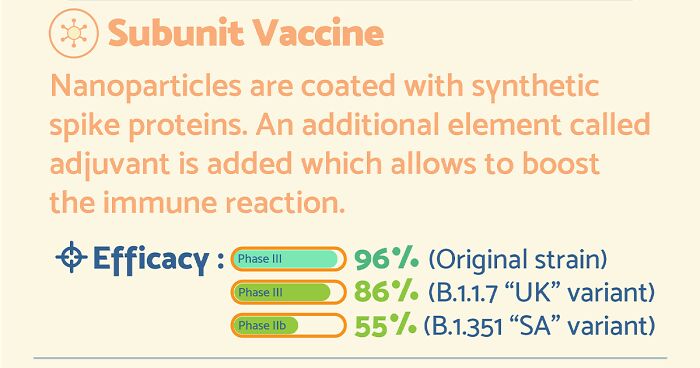
The Differences Between 9 COVID-19 Vaccines Explained In Simple Infographics By LaPipette
InterviewOver a year into the pandemic, more vaccines against COVID-19 are seeing the daylight. There is an abundance of information available, but at the same time, it can be quite complex and complicated to understand their function, components, and pretty much all of the specifications. A PhD biochemist named Etienne, based in Oxford, UK, who works full-time in biotech and creates fun illustrations and infographics about science, has now released flash cards about each approved jab as an easy way for himself and people to reference and compare the different immunization shots.
Bored Panda reached out to Etienne, the mastermind of the LaPipette project, to talk about some of the questions and controversy surrounding some of the vaccines.
More info: Instagram
Etienne PhD biochemist behind the LaPipette project created simple and understandable flash cards for comparison of the new vaccines
Image credits: LaPipette
As there is a ton of data about the new vaccines and it can be confusing for the general public to grasp it fully, Etienne behind the LaPipette project created simple and understandable flash cards for comparison of the new vaccines. The jabs rely on different technologies to boost the immune system against the virus responsible for COVID-19 (called SARS-CoV2) and each manufacturer completed their own clinical trials to estimate the efficacy of their vaccines. The main caveat is that efficacy between vaccines cannot be compared since each clinical trial has its own standard (‘end-point’) to assess COVID-19 cases. Etienne is a PhD biochemist and not a medical doctor or a virologist, and he pointed out that any health recommendations should come from personal doctors if there are any personal concerns about the vaccines.
Etienne is a scientist in a UK biotech company and, in his free time, makes cartoons about biology and science. “I think I’ve always been curious about both science and drawing. I’m a very visual person and curious so that’s probably why I was drawn to biology and eventually to the study of the 3D shape of proteins. I started making flyers and posters during my undergraduate studies in biology. I got more into science infographics when I wrote my PhD and I wanted to explain some concepts with cartoons.”
Encapsulated mRNA, DNA, viral vector, and inactivated virus might sound confusing. Etienne explained that “the main difference between the different vaccines is the mode of delivery of the foreign molecule (belonging to a pathogen from which you want to get protection… for example, the spike protein, in the case of SARS-CoV2) to train your immune system and generate an immune response that will protect you from a new or re-infection.”
Etienne also said that some vaccines rely on the body cells to express that molecule (via encapsulated DNA in a viral vector or mRNA in lipid nanoparticles – those are fairly new techniques) while other vaccines deliver the molecule directly to the immune cells (subunit vaccine, virus-like particle or inactivated virus – inactivated virus is the oldest method). In each case, the immune system detects that foreign molecule and reacts against it, eventually producing specialised immune cells and antibodies that can kill the virus! So the end result is the same (immune reaction), but what is in the needle is slightly different.
The vaccines rely on different technologies to boost the immune system against the virus responsible for COVID-19 (called SARS-CoV2) and each manufacturer completed their own clinical trials to estimate the efficacy of their vaccines
Image credits: LaPipette
“Each vaccine has different strengths so there is not a better one. I am stealing this quote, but the best vaccine is the one you can get! All of the current vaccines approved/authorized protect you against severe disease and save lives, even after one dose! In order to eradicate COVID-19 and achieve herd immunity, all the different vaccines will be needed. Also, having multiple vaccines means that the vaccination programs are more resilient to shortage or issue with the manufacturing of one particular vaccine.” shared Etienne.
Since COVID-19 (SARS-CoV2) vaccines were introduced and have been around only a few months in the market, there have been questions sprouting around regarding long-term immunity in contrast to natural immunity and the lack of easy accessible information about the vaccine producers having made vaccines before the pandemic. According to Etienne, the development and manufacturing of vaccines is very tightly regulated and follows a rigorous protocol for safety, whether the company is producing its first-ever vaccine or not.
Based on a diagram introduced by the University of North Carolina, there is a difference between vaccines being authorized and approved, the main one being that with authorization, the scale-up of the production can happen while the testing continues. “Authorization was used to ensure that, once deemed safe and efficacious (during Phase III, so about 30,000 people, for example, for the Moderna vaccine), the vaccines could reach the population as early as possible to start to tackle the pandemic.“
Bored Panda asked Etienne about what his thoughts are about claims that people who have overcome the virus still need to be vaccinated because of short-term natural protection and, if that is the case, how it is known that vaccination will give that same person long-term protection. He observed that it is “thanks to massive vaccination efforts that we have managed to massively reduce the deaths from some pretty awful diseases like polio and smallpox. That is because vaccines work better than natural immunity as a long-term strategy against diseases. That’s for two reasons: (1) the active ‘agent’ (foreign molecule or inactivated virus) used in the vaccine and encountered by the immune system is fairly inoffensive vs. the real virus/bacteria: so, there is less chance of developing a severe disease (or even death) from the infection and allowing the virus/bacteria to multiply enough so it can spread to others. (2) That safety allows ‘booster’ injection(s). This is the second (even third for some vaccines) injection you get days/weeks or months after the first injection. This activates the immune system a second time, and thus re-activates some immune cells that will produce an even larger pool of memory cells. Memory cells respond much faster than naïve cells (i.e., cells which have never encountered the pathogen), so in the case of a re-exposure to the pathogen (for instance, natural infection), they will exterminate the pathogen before it causes much trouble in the body and can be transmitted to others.”
Vaccines can consist of a complete inactivated virus or just a small part: in the case of COVID-19, a part of the spike protein
Image credits: LaPipette
“Vaccines can consist of a complete inactivated virus or just a small part: in the case of COVID-19, a part of the spike protein. In the best-case scenario, the immune system would develop immunity against all the structural proteins (i.e., present on the external envelope) if infected by a live virus, but you also run the risk of suffering from the disease in the process. Also, natural infection will activate a whole range of antibodies directed against many parts of the virus, but which are not necessarily generating protective immune responses.” According to Etienne, “using a vaccine is a much safer and more efficient way to achieve a similar (or maybe even higher) level of immunity. The 1st generation of vaccines targeted the spike protein as this is an accessible protein to the immune system (it’s present in high quantities on the surface of the virus), it’s the key protein allowing the virus to bind and infect human cells, and it is highly immunogenic (i.e., it is efficiently recognized by the immune system to generate a protective response). The immune system can inactivate the virus by preventing the spike protein from binding to our own cells and thus limit its propagation while at the same time flagging the virus for destruction by the specialised cells from the immune system.”
In Etienne’s opinion, the main hurdle toward long-term immunity is the appearance of SARS-CoV2 variants which can escape the immune system slightly better than the original strain. “The genetic changes in the SARS-CoV2 variants will generate mutated spike proteins and thus render some of the antibodies directed against the original spike protein and produced by the immune system of a previously infected or vaccinated person less efficient at neutralizing these new variants. The immune system at large will still react to the mutated spike, so the immunity will only be slightly reduced. This is why scientists are already working on a second generation of vaccines which will use a different version of the spike protein, or a different target protein and thus will be able to better tackle any variants.”
The main hurdle toward long-term immunity is the appearance of SARS-CoV2 variants which can escape the immune system slightly better than the original strain
Image credits: LaPipette
Etienne sees the errors in translations of RNA material into a specific protein as actually quite rare and stresses that quality control mechanisms exist in the cell to destroy aberrant proteins (in fact, that was his PhD topic!). “The origin of mRNA doesn’t impact the translation error rate or quality of the controls. The translation of the mRNA is a bit like reading a book: it doesn’t matter so much where the book (mRNA) comes from, you (the ribosome) can still read it! As the rate of translation errors are very low and after vaccination, many spike proteins are produced by our cells, it is likely that the error rate would not be higher than errors encountered in the spike proteins of the live virus particles. In addition, during the process of developing immunity, the spike protein is broken down into smaller fragments and the immune cells will be trained against all of these fragments. So, you develop antibodies against the tip of the spike, against the bottom of it, etc… which means that multiple antibodies can bind the spike protein at the same time.”
He said that to express a completely different spike protein, the mRNA would have to be wrong and that scientists have ways to stabilise the mRNA in the vaccine: they use modifications in the sequence and protect the mRNA in a shell (like a soap bubble). “Each mRNA goes through extremely rigorous quality controls, so it is extremely unlikely that you would be injected with a mutated mRNA vaccine. mRNAs are easy and fast to produce and it’s simple to make modifications in the sequence if needed. That’s why they were the first type of vaccines to be approved!” stated Etienne.
“Each mRNA goes through extremely rigorous quality controls, so it is extremely unlikely that you would be injected with a mutated mRNA vaccine”
Image credits: LaPipette
Etienne is currently researching safety to update the vaccine cards for his LaPippete project. He says that every single vaccine protects you from hospitalisation due to COVID but it’s possible to argue that not all the vaccines have published their data. “The efficacies we are seeing are great. As a comparison, the MMR vaccine against mumps is about 78% effective but still efficacious at preventing transmission and controlling the disease. Etienne also commented on the topics of Oxford/AstraZeneca and J&J vaccines and blood clots. “Rightly so, safety first! But these adverse events need to also be put in perspective. I don’t know for the UK, but in the US: the chances of a fatal blood clot from the J&J vaccine are one in a million, whereas roughly 125 out of every one million Americans between 18 and 48 have died of COVID-19 since early last year.”
Etienne says that every single vaccine protects you from hospitalisation due to COVID but it’s possible to argue that not all the vaccines have published their data
Image credits: LaPipette
As genius as DNA and mRNA vaccines are, they are also different from the conventional vaccines used so far and may disintegrate quickly after injection; therefore, it causes some people to question how a human’s own cells execute the message. “mRNA molecules can survive only for a few hours in the cells before being destroyed by our body and so they are regarded as very safe from this point of view. Actually, we have evidence from sequencing studies from a few years ago that the mRNA is being destroyed while being translated in the cells. A DNA molecule is slightly more stable, but again, our body is very good at destroying molecules that shouldn’t be there. So actually, mRNA/DNA vaccines are even more short-lived than conventional subunit/inactivated vaccines! I know some people are afraid that the mRNA or DNA will integrate with their genome, but this is very unlikely: the mRNA can’t enter back into the nucleus and would have to be retrotranscribed (the human body doesn’t normally have such an enzyme). The integration of DNA to your genome is very unlikely (under the normal rate of mutation of your cells) and the risk is considered negligible.”
“mRNA molecules can survive only for a few hours in the cells before being destroyed by our body and so they are regarded as very safe from this point of view”
Image credits: LaPipette
Etienne also covered DNA vaccines using adenoviruses: “These have actually been worked on since the 1970s, and they have been tested for vaccination for a few years already (vs. Zika and Ebola). Adenoviruses are normally responsible for the common cold symptoms you can experience in the winter, so they are considered fairly safe as a vector for vaccination. The mRNA vaccines have also been researched for quite some time now (against Zika, for example) but they have never been authorized until now and the Pfizer and Moderna vaccines are the first ones to be approved for use in humans. But you can see how great their efficacy (above 94% efficacy against symptomatic disease) and safety are (100% protection from hospitalisation and no serious side-effect detected).”
He took a look at the data from Israel’s vaccination and the analysis: “You can see the rate for cases decrease once 20% of the population has been vaccinated (80% of those +60 years old). However, it takes a couple of weeks to develop an immunity against the virus, so practices such as social distancing need to remain in place and this is until the transmission rate of the virus is low enough (which is what happened in Israel). These practices are critical as variants such as B.1.1.& (‘UK’) and B.1.351 (‘SA’) interfere with the vaccination program as their transmission is much more rapid than the ‘baseline’ strain and they can reduce the efficacy of the vaccine a bit (about 10 points for B.1.1.7 for Novavax, for example).”
“mRNA vaccines have been researched for quite some time now but they have never been authorized until now and the Pfizer and Moderna vaccines are the first ones to be approved for use in humans”
Image credits: LaPipette
He also mentioned that “mRNA can survive only for a few hours in the cells and so they are regarded as very safe. Once the protein is picked up by the immune system, it will be degraded into fragments and used as tools to train immune cells such as T and B-cells, which are the most advanced immune cells in our body.” Etienne doesn’t think that there is long-term data for the DNA and mRNA vaccines as it is not his expertise, but he says that there is not so much worry there as these molecules get degraded and recycled by the body fairly quickly, within weeks at the longest.
“Most countries start by vaccinating the population at risk and work their way down to the least at-risk population”
Image credits: LaPipette
Regarding transmission and whether it seems to reduce with vaccination, Etienne gave an example of a study and commented that “most countries start by vaccinating the population at risk and work their way down to the least at-risk population. It’s worth pointing out that vaccines are currently not authorized in children under 18 (in the UK at least) until more data is available. But children can definitely be infected, so contribute to the transmission even if they are less likely to develop a severe form of the disease.”
“The objectives of vaccination are to prevent as many deaths as possible and, if we can, eradicate SARS-CoV2. With those objectives in mind, there are still gains at vaccinating populations at lower risk. Maybe they wouldn’t die from the virus, but they could still contaminate someone at higher risk. If that high-risk person is vaccinated, the risk of contamination is dramatically reduced, but still exists. You also have to keep in mind that not everyone can be vaccinated due to health reasons, so by getting vaccinated you also protect your relatives, family and friends who might be at risk of getting severe COVID-19 disease.”
“Even if you are not considered at high risk of developing severe disease, it is still worth considering vaccination to avoid long-term post-COVID infection effects”
Image credits: LaPipette
Etienne underlines that scientists are only starting to uncover the severity of “long COVID.” “This affects people who have recovered from the virus, but still display symptoms that linger for weeks/months such as fatigue or pain, even loss of smell/taste (some have still not recovered these two senses even months post ‘benign’ infection!). Also one third of COVID survivors will experience a neuropsychiatric disorder in the next 6 months following infection (as SARS-CoV2 can infect brain cells; check out this study published this month in Lancet). The study stopped at 6 months, but likely these effects do not stop at 6 months… So even if you are not considered at high risk of developing severe disease, it is still worth considering vaccination to avoid these long-term post-COVID infection effects.”
51Kviews
Share on FacebookThis is an incredible article. So clearly laid out, well-summarized information. (With links to primary sources!!) I am actually blown away. On bored panda, I expect more "look at my quirky hat collection!" than serious scientific inquiry. But this is fantastic! A huge thank you to the author!
N.B. Efficacy measures the rate at which vaccinated people are shielded from infection. You should also know that most (if not all) vaccines give 100% protection from hospitalization.
Or at least reduce likelihood of requiring a hospital to "very small", which is amazing of itself!
Load More Replies...Yes, those people will not believe no matter what. But this is for those who do believe but may need more info/are a bit confused by listening to the scaremongering by those crazies.
Load More Replies...This is an incredible article. So clearly laid out, well-summarized information. (With links to primary sources!!) I am actually blown away. On bored panda, I expect more "look at my quirky hat collection!" than serious scientific inquiry. But this is fantastic! A huge thank you to the author!
N.B. Efficacy measures the rate at which vaccinated people are shielded from infection. You should also know that most (if not all) vaccines give 100% protection from hospitalization.
Or at least reduce likelihood of requiring a hospital to "very small", which is amazing of itself!
Load More Replies...Yes, those people will not believe no matter what. But this is for those who do believe but may need more info/are a bit confused by listening to the scaremongering by those crazies.
Load More Replies...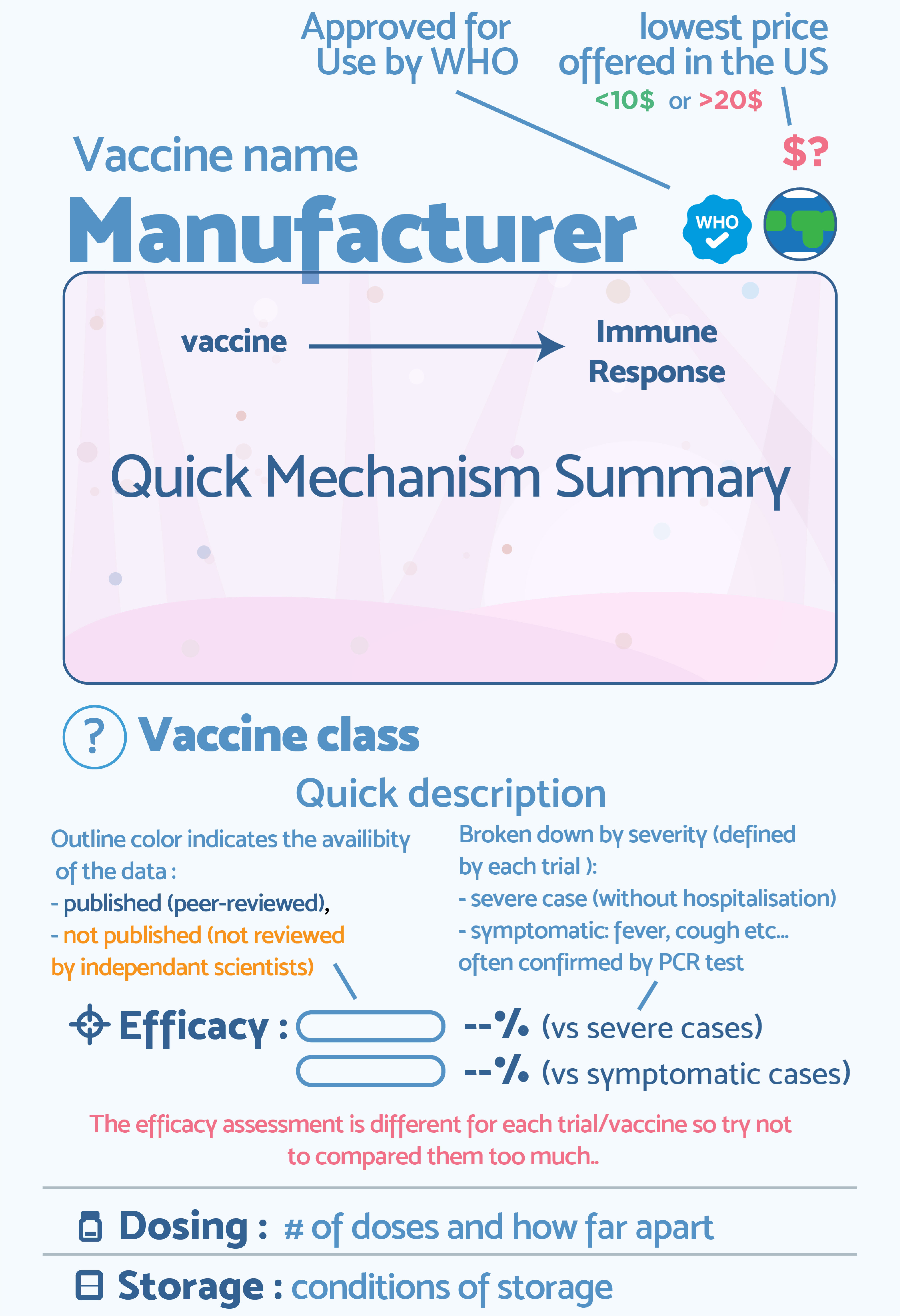
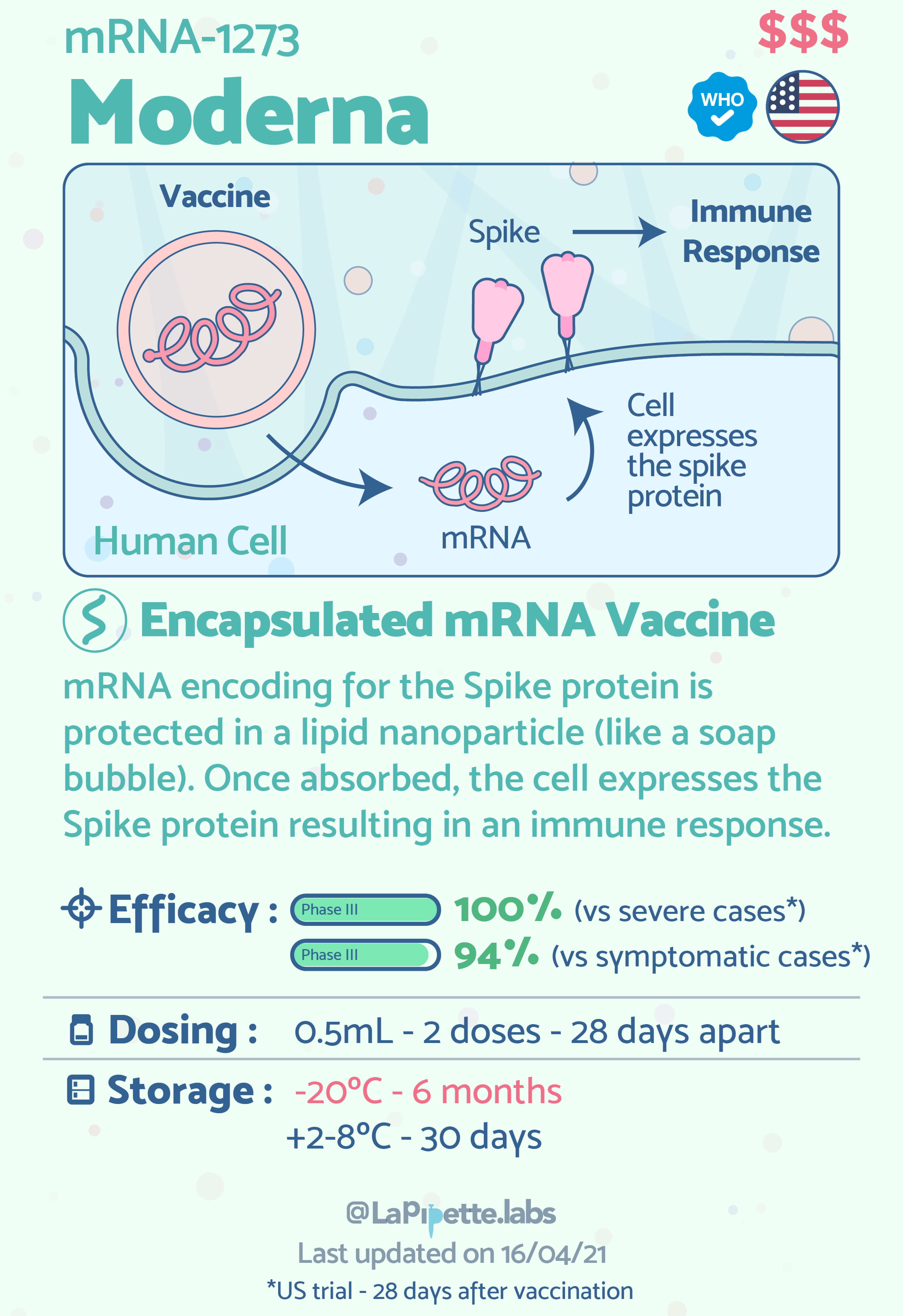
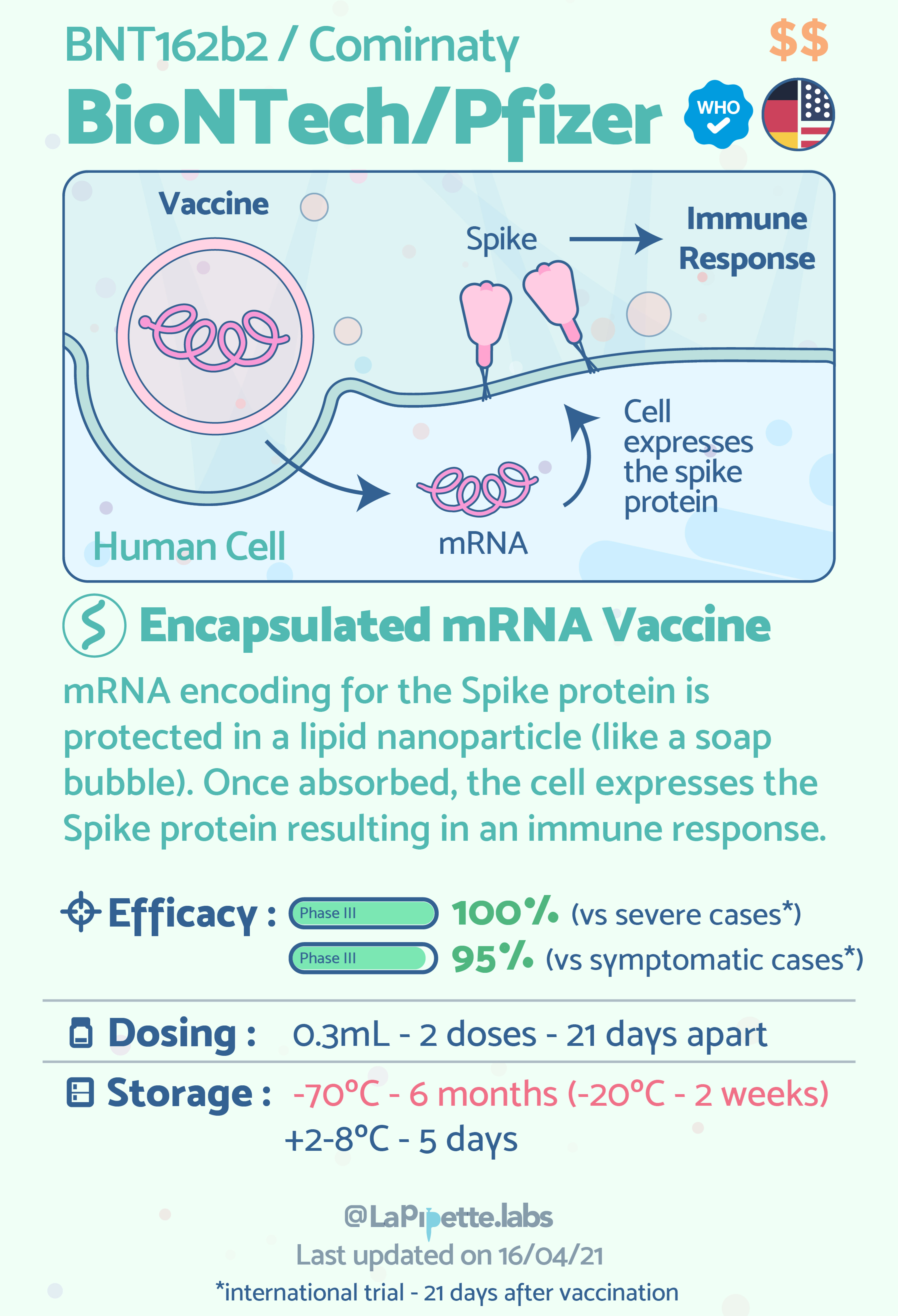
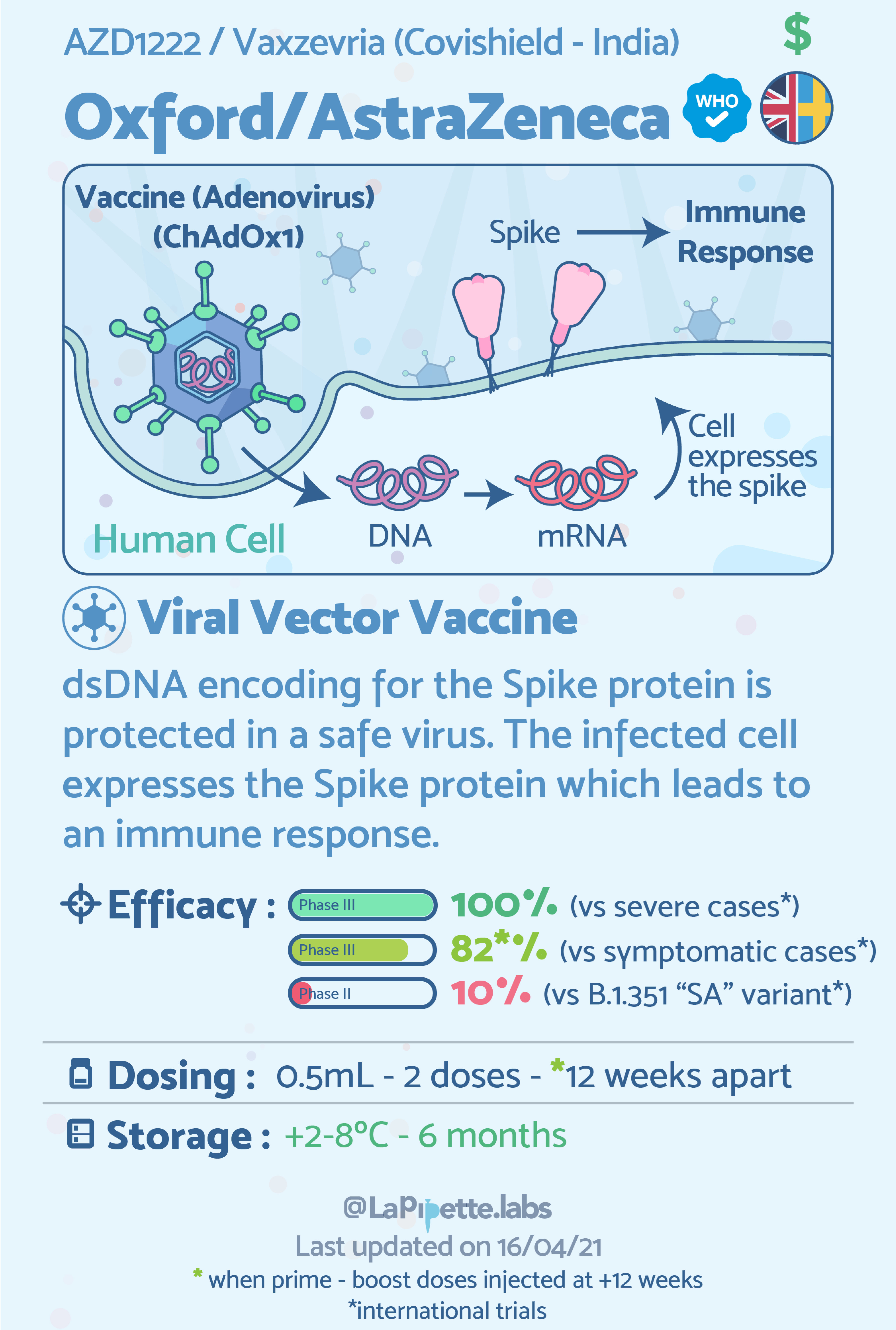
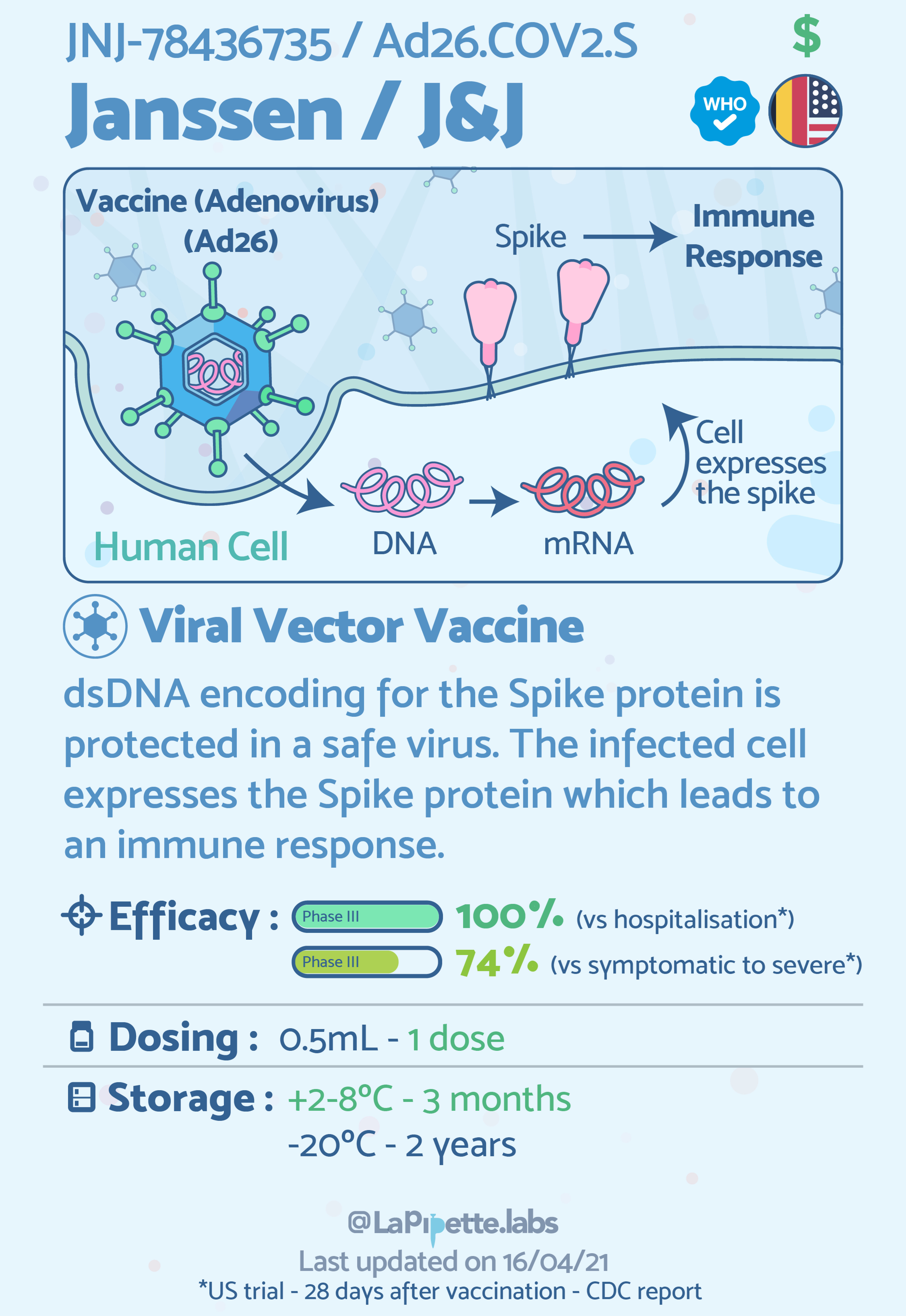
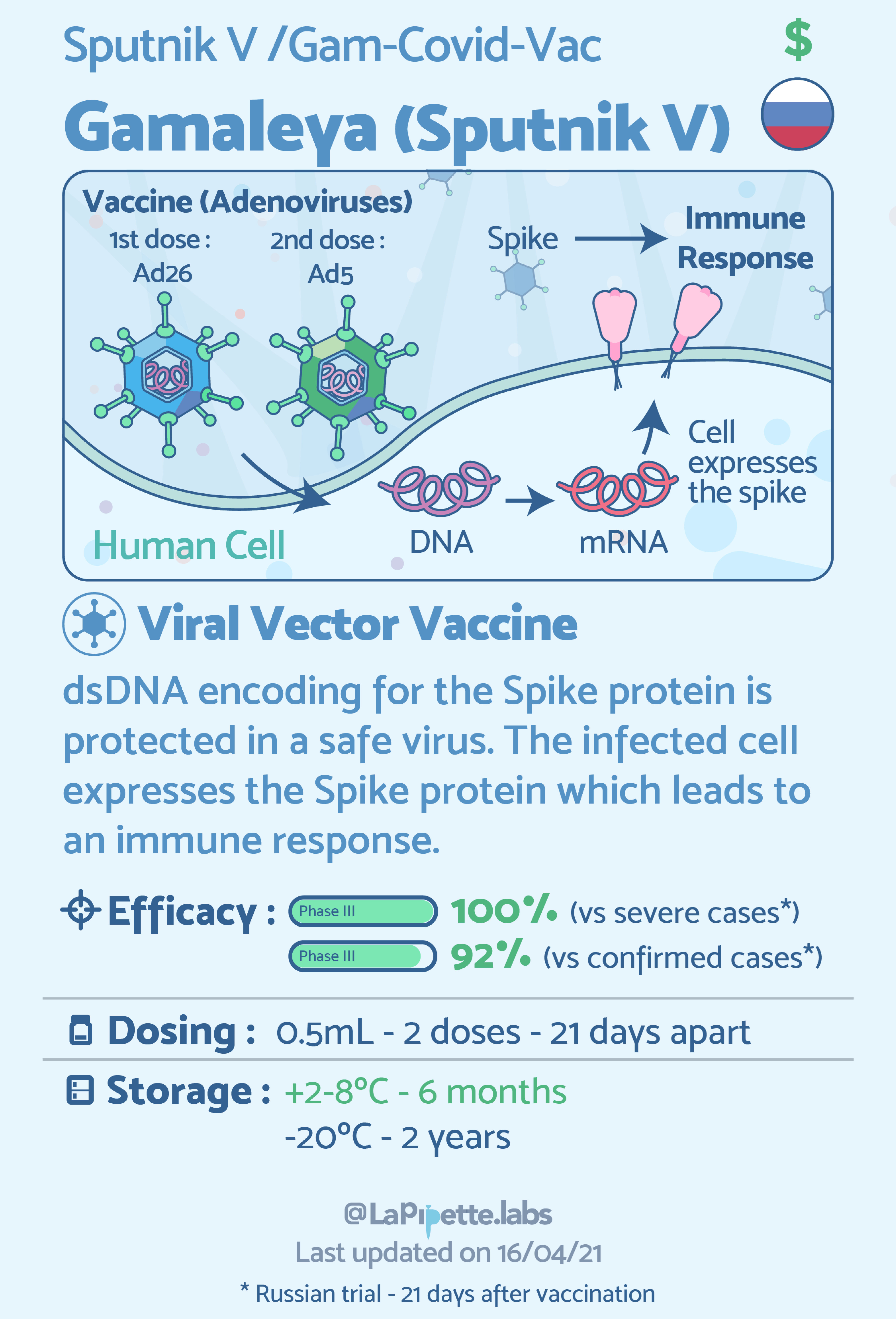
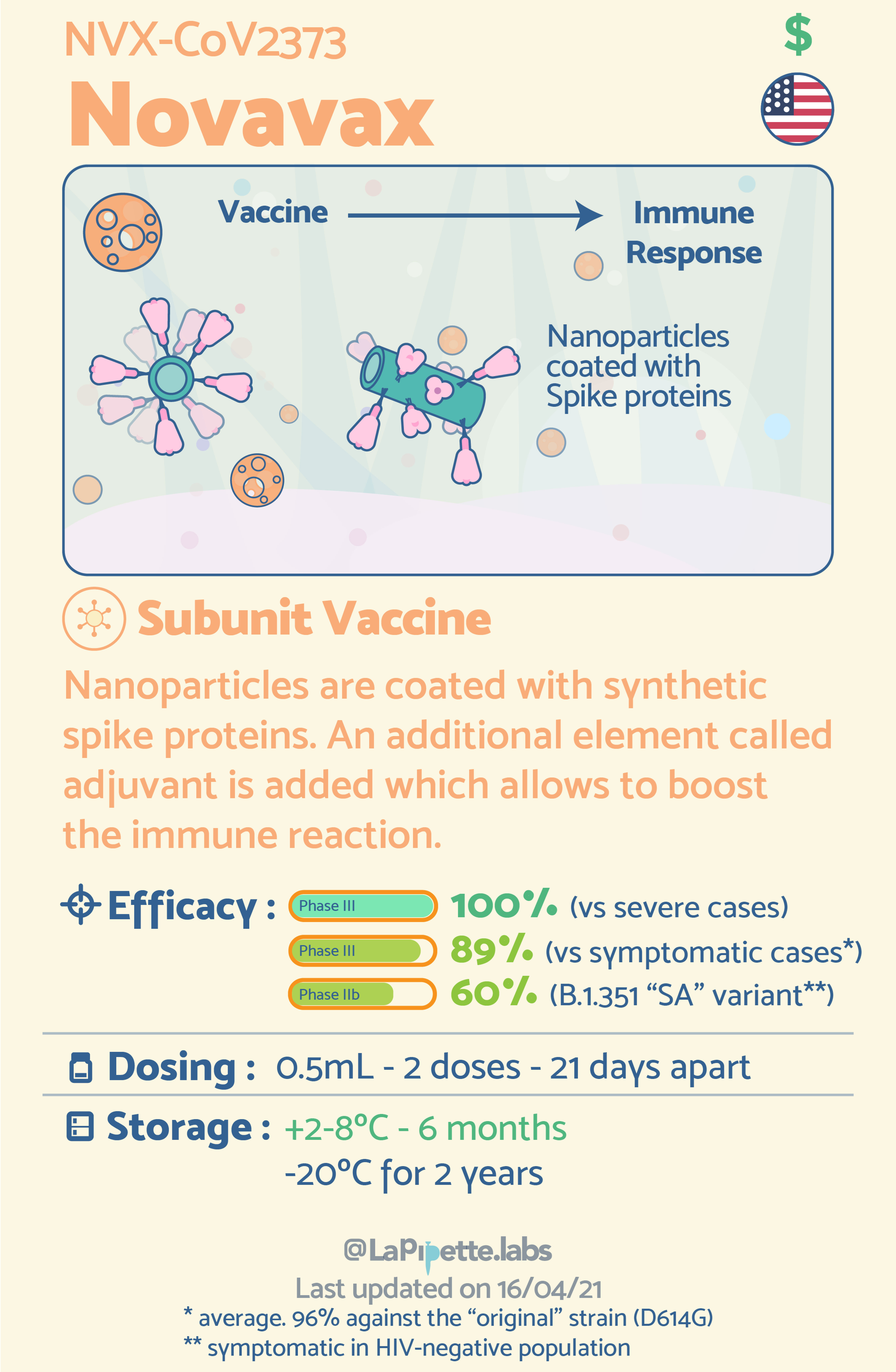
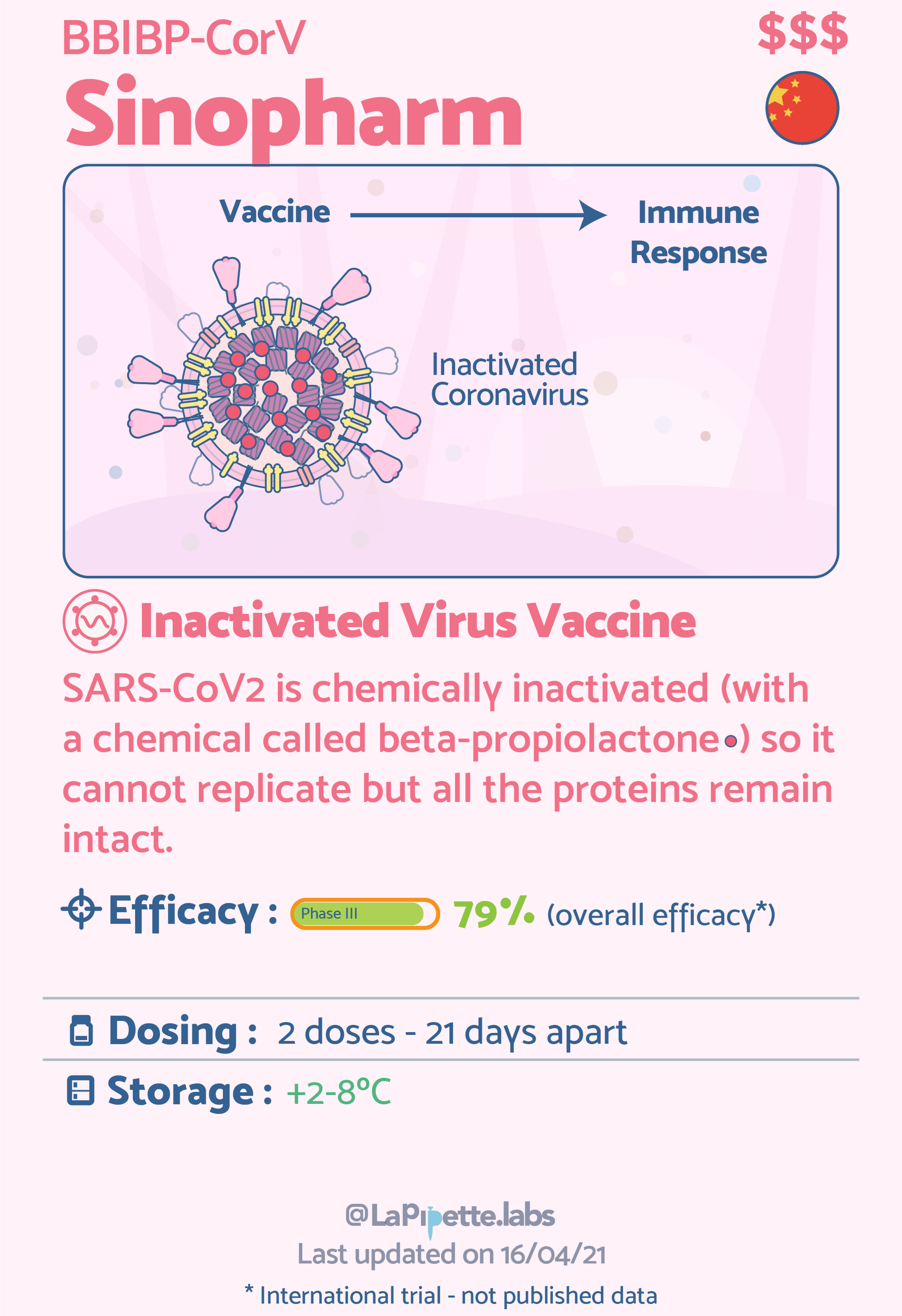
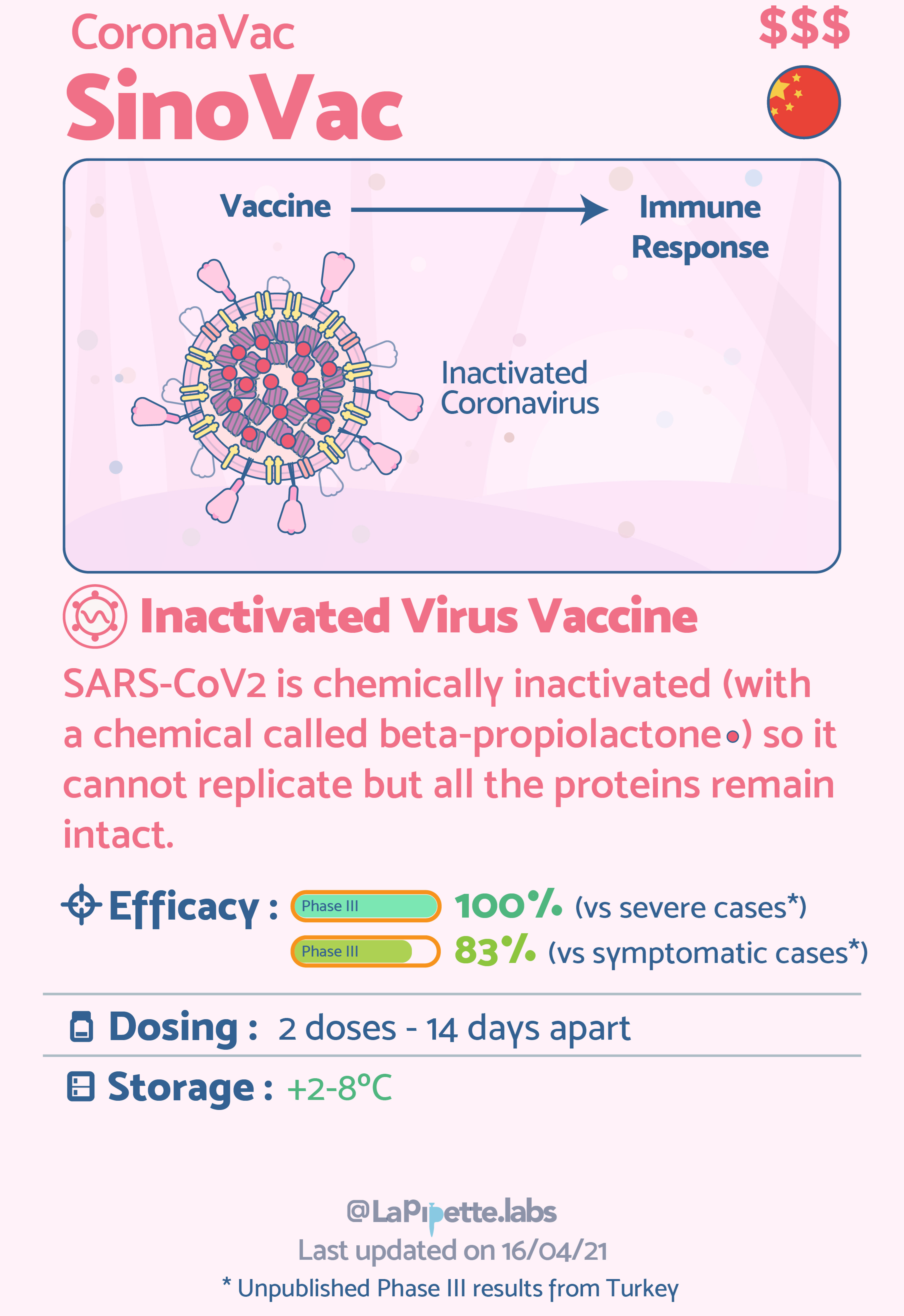
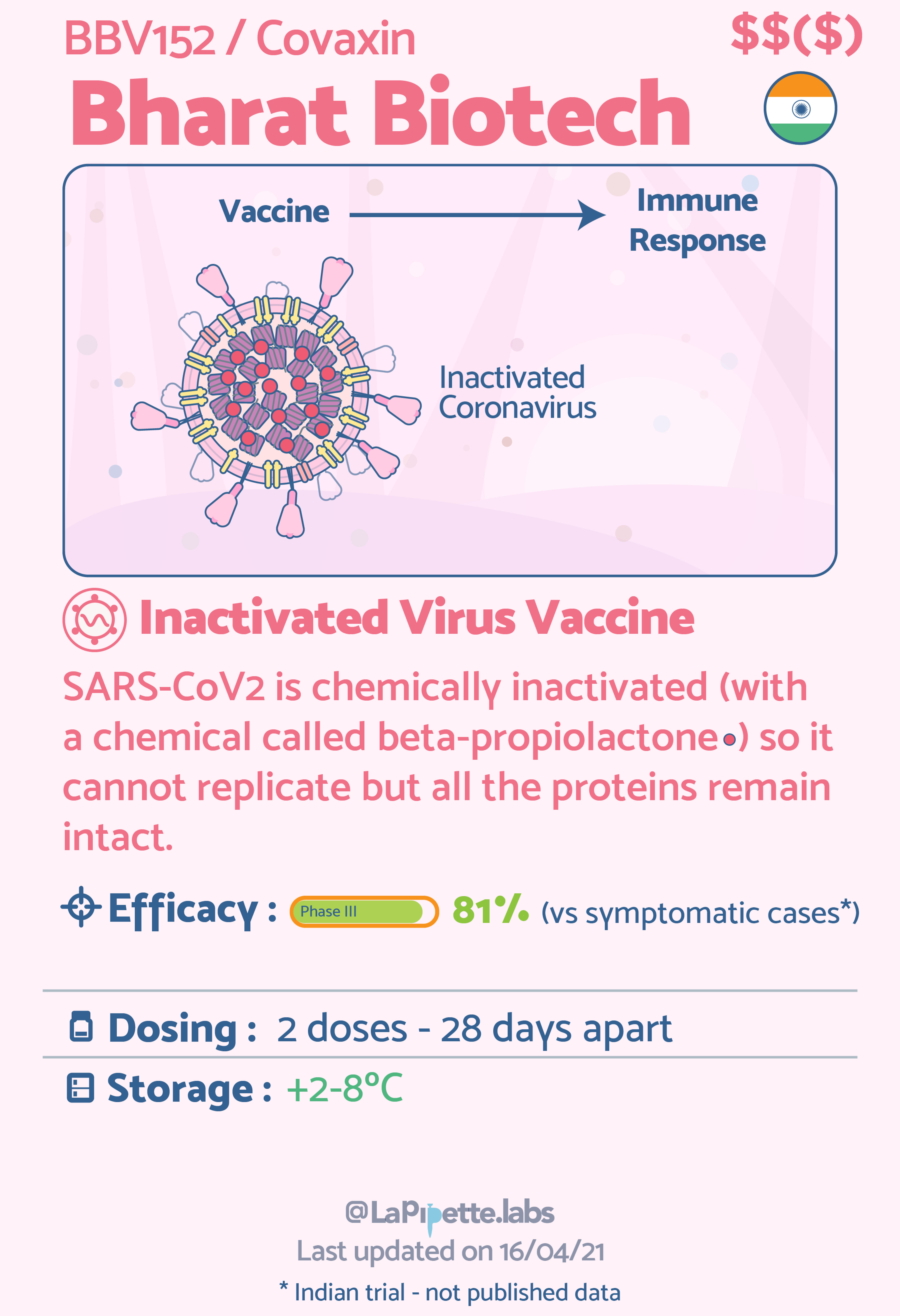



270
61